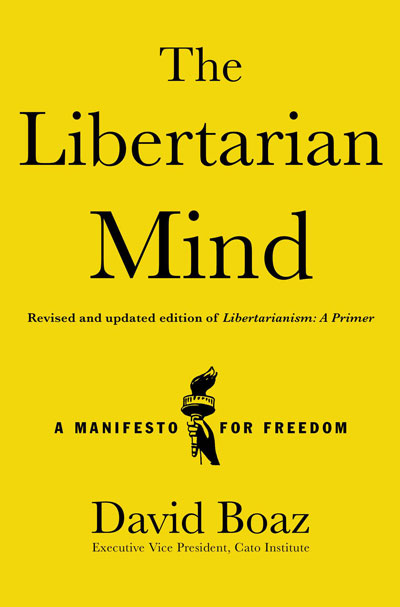Did Marx Make Lenin, or Did Lenin Make Marx?
Was Karl Marx one of the towering intellectual figures of the 19th century? It certainly seems that way. His work is widely assigned in college courses, far more than for instance John Locke and Adam Smith, much less F. A. Hayek or Ludwig von Mises.
But recently Phil Magness and Michael Makovi have advanced a different hypothesis: That Marx was a relatively minor figure in his own time, especially after the Marginal Revolution of the 1870s decisively refuted his economic analysis, and his reputation soared only after the Bolshevik Revolution — or the coup led by Vladimir Lenin — of 1917. See their academic paper here and a popular article here.
Recently I was looking at ideological bias in Bartlett’s Familiar Quotations, and I noticed that the book included 23 quotations from Marx. That’s the same as the combined total for John Locke and Adam Smith, the philosophical architects of our modern liberal world. (And far more than Hayek, Mises, Milton Friedman, Ayn Rand, or William F. Buckley Jr.)
But I wondered: how far back did Marx get such play in Bartlett’s, which has been published in 19 editions since 1855? What I found seems to add support to the thesis of Magness and Makovi. Marx (with Friedrich Engels) had 18 citations in the 1992 edition. That is, in Bartlett’s his relevance seems only to have risen since the collapse of the Soviet Union. But looking at previous editions, I see that Marx is not mentioned in the 1874 edition, published well after The Communist Manifesto, which so many college students are instructed to read. Nor in the 9th edition, after his death; this copy was published in 1905 but may have been edited by 1891. Not included in the 1919 (10th) edition, though his contemporary Herbert Spencer is well represented. Marx’s big break comes in the 11th edition, published in 1937 (though this copy was printed in 1942). In that edition Marx is represented with 17 quotations. (The 11th edition was edited by the journalist and novelist Christopher Morley, brother of the classical liberal journalist Felix Morley). There is no entry for either Locke or Smith. In the 1955 centennial edition, available through the Internet Archive, Marx again has 17 quotations. At last Locke and Smith get on the board, with 8 and 2 quotations respectively.
So what we know is this: Karl Marx begins publishing in the 1840s. He publishes his magnum opus, Capital, in 1867. He dies in 1883, but Engels keeps promoting and publishing his work. Through 1919 Marx goes unmentioned in the leading English‐language book of quotations. In the 1920s the Communist Party of the Soviet Union, using the vast resources of the Soviet state, embarks on a massive printing and distribution of Marx’s works in many languages. As the Marxist historian Eric Hobsbawm writes, “The cheap edition [of the Communist Manifesto] published in 1932 by the official publishing houses of the American and British Communist Parties in ‘hundreds of thousands’ of copies has been described as ‘probably the largest mass edition ever issued in English.’ ” And by 1937 Marx is well represented in Bartlett’s, while the most important theorists of Western liberalism are omitted. The efforts of Lenin and the Communist Party seem to have been the key factor in propelling Marx to the wide recognition we now take for granted.
Posted on March 28, 2023 Posted to Cato@Liberty




